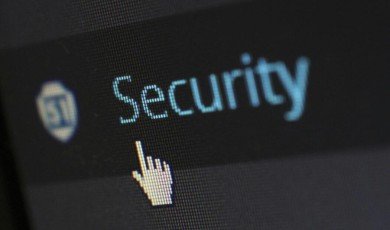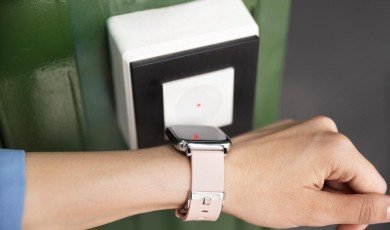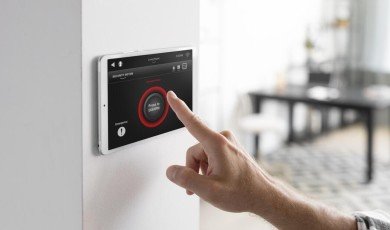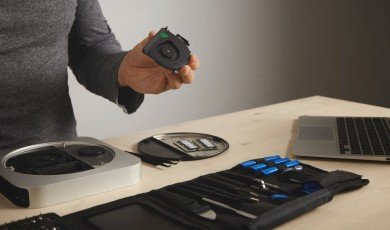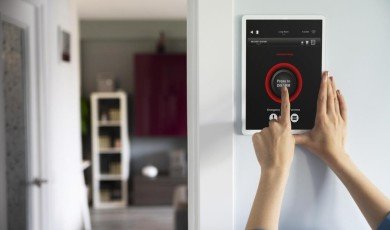
In today’s world, personal safety and protection are becoming top priorities for individuals, families, and organizations. Personal safety alarms and security systems offer peace of mind, swift response to emergencies, and heightened awareness in challenging situations. However, as these products become more sophisticated and reach global markets, the need for clear and accurate communication becomes essential. This is where medical translation services play a crucial role, ensuring that essential safety products can reach and protect people regardless of the language they speak.
Effective medical translation services are vital to help make instructions, warnings, and product information universally understandable. Whether it’s the user manual for a personal alarm, the emergency contact guide for a home security system, or the technical specifications for a medical-grade safety device, accuracy in translation ensures the effectiveness and reliability of these products in critical moments.
Why Translation Medicine Matters for Safety Products
The relationship between healthcare, technology, and security products has grown ever more interconnected. Devices initially developed for medical use, such as fall detectors and emergency call systems, are now widely incorporated into general safety devices for personal and home protection. This synergy has resulted in complex products that need accurate documentation, user instructions, and compliance information—often across multiple languages.
Globalization of Safety Products
As safety products are distributed in different regions and countries, language barriers become significant obstacles. Consider the following cases:
- Personal Alarms for the Elderly: These alarms are equipped with features like fall detection, medical emergency response, and automated alerts. If instructions or setup guides are not available in the local language, users may face confusion during critical moments.
- Medical-Grade Security Systems: Hospitals and clinics often depend on systems that integrate alarm response with medical monitoring. Staff training, system maintenance, and protocol adherence rely on precise communication across diverse languages.
- Home Protection Devices: Increasingly, products such as smoke detectors, health-monitoring alarms, and panic buttons cross language boundaries. In emergencies, misinterpretation due to translation errors can lead to dangerous delays or misuse.
These scenarios highlight the critical need for professional translation medicine services that go beyond simple language conversion. The highest priority is clarity, accuracy, and cultural sensitivity.
Key Challenges in Medical Translation for Safety Products
Medical translation is a specialized field, particularly when it comes to safety products. Here are some of the most important challenges:
- Technical Complexity: Safety devices often include medical technologies, such as heart rate monitors or signal transmitters linked to emergency services. Translators must understand both technical and medical terminology to ensure clear instructions and warnings.
- Compliance and Regulations: Different regions have unique standards for labeling, documentation, and user instructions—especially when products cross the boundary between consumer electronics and medical devices. Incorrect translation may lead to regulatory issues, product recalls, or even legal action.
- Life-Saving Accuracy: Unlike consumer products, medical or safety alarms must be free from ambiguity. A mistranslated warning or overlooked instruction can have life-threatening consequences.
- Cultural Sensitivity: Words and symbols may have different meanings in various cultures. Professional translators skilled in translation medicine adapt language and visuals for different audiences while preserving intent and compliance.
The Role of Medical Translation Services Providers
To meet these demands, companies should engage experienced medical translation services providers. Experts in this field do much more than convert text; they ensure that every aspect of the safety product’s documentation is:
- Accurately translated for terminology and usage peculiar to medicine and security technology
- Compliant with international and local regulations
- Culturally adapted for regional understanding
- Proofread and double-checked by professionals with medical and technical backgrounds
Types of Documents Needing Professional Translation
Here’s where reliable translation medicine can make a difference for safety products:
- User manuals and installation guides
- Quick reference cards and emergency instructions
- Device labeling and interface menus
- Online support and instructional videos
- Regulatory compliance documentation
- Training materials for healthcare and security professionals
Product information must be concise and actionable—especially for those moments when users have only seconds to understand and respond.
Best Practices for Effective Medical Translation in Safety Products
For safety and medical products to protect effectively, their translation must embody best practices:
- Work with Certified Medical Translators: Choose professionals who have experience in both the medical and technology sectors, ensuring they understand the life-or-death implications of their work.
- Prioritize Clear Language: Avoid jargon and use direct, clear wording. This is crucial for users in emergency situations.
- Review and Test Translations: Conduct testing with native speakers and professionals to ensure instructions are clear and actionable.
- Ensure Full Regulatory Compliance: Consult experts on local rules for medical device documentation, product labeling, and warning statements.
- Embrace Multilingual Training: Support safety product deployment with training in users’ native languages, particularly for staff at hospitals, security operations, or home care agencies.
- Provide Ongoing Support: Maintain updated translations for product updates, new features, or changing regulations.
Adopting these procedures ensures that personal alarms, medical monitors, and home security devices are genuinely accessible—and safe—for everyone, no matter where they are in the world.
Conclusion
As technology bridges the gap between health, safety, and security, translation medicine has never been more important. Professional medical translation doesn’t just support international sales; it can save lives by ensuring the safe and correct use of alarms, monitors, and other personal and home protection systems. Today’s best safety products rely on accurate, understandable, and context-sensitive information in every language they touch.
Whether you are a manufacturer, distributor, or end user, investing in high-quality medical translation services for safety products is essential. These services guarantee compliance, clarity, and cultural relevance—so that in the moments that matter most, everyone receives the protection they need and deserve.
By prioritizing expert translation, you lay the foundation for a safer, more inclusive world where technology and communication work together to safeguard lives.
